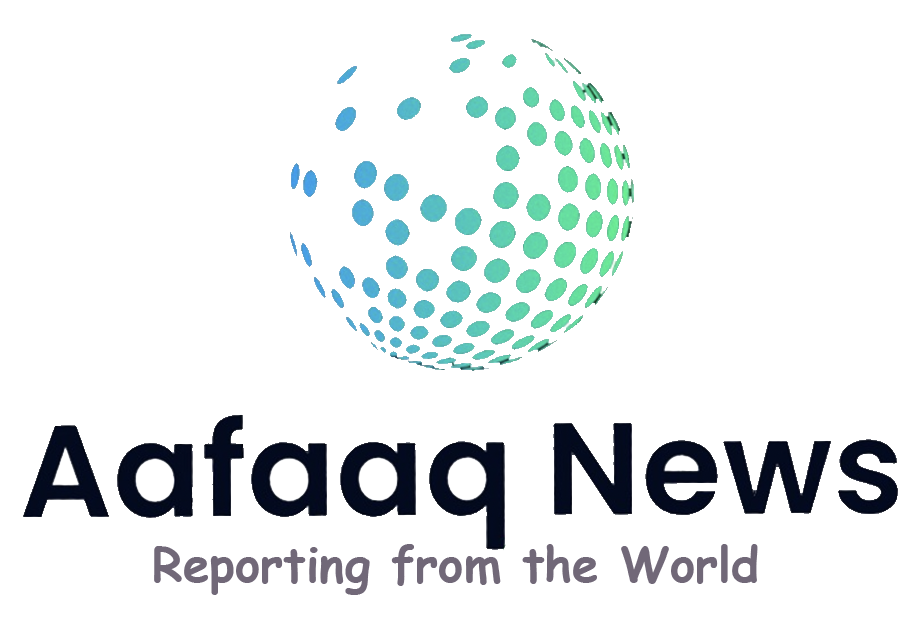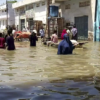Flash flooding caused by heavy rains in Ethiopia and Somalia in March 2023 affected 300,000 people and claimed dozens of lives, following nearly three years of severe drought. According to a report by Crop Monitor, parts of Ethiopia received 2-4 inches more rain than usual for the period during the first 25 days of March. Moderate to heavy rains in the Ethiopian highlands caused flooding along the banks of the Shabelle and Juba rivers in southern Somalia and eastern Ethiopia, destroying homes, schools, and health facilities. The Horn of Africa has experienced some of the worst drought conditions in history, with Ethiopia and Somalia enduring five failed rainy seasons since late 2020, leading to the displacement of 1.4 million Somalis and the deaths of 3.8 million livestock. The Shabelle-Juba River basins have seen their lowest rainfall totals since 1981, a situation that has been exacerbated by the flooding.
Caroline Wainwright, a climate scientist at Cardiff University, noted that the long rains in East Africa have been getting drier since the mid-1980s, with her research indicating that the short rains could deliver more rainfall than the long rains by 2030-2040. More than 1,000 hectares of cropland were submerged by the recent floods, posing a challenge to the agricultural economies of Ethiopia and Somalia, which employ 67 and 80 percent of people in the two countries, respectively. Most of the farmland in the region is rain-fed, and while rainfall can provide some relief, excessive rainfall following a prolonged drought can wash away crops and topsoil. Moreover, most of the farms in the area lack the infrastructure to store water for future use.
Despite the heavy rains in March, climate models predict that the long rains this year will be drier than normal, and drought conditions are likely to continue. The flooding has shown that the region’s resilience to extreme weather events needs to be improved, with infrastructure development and water management being key factors.











